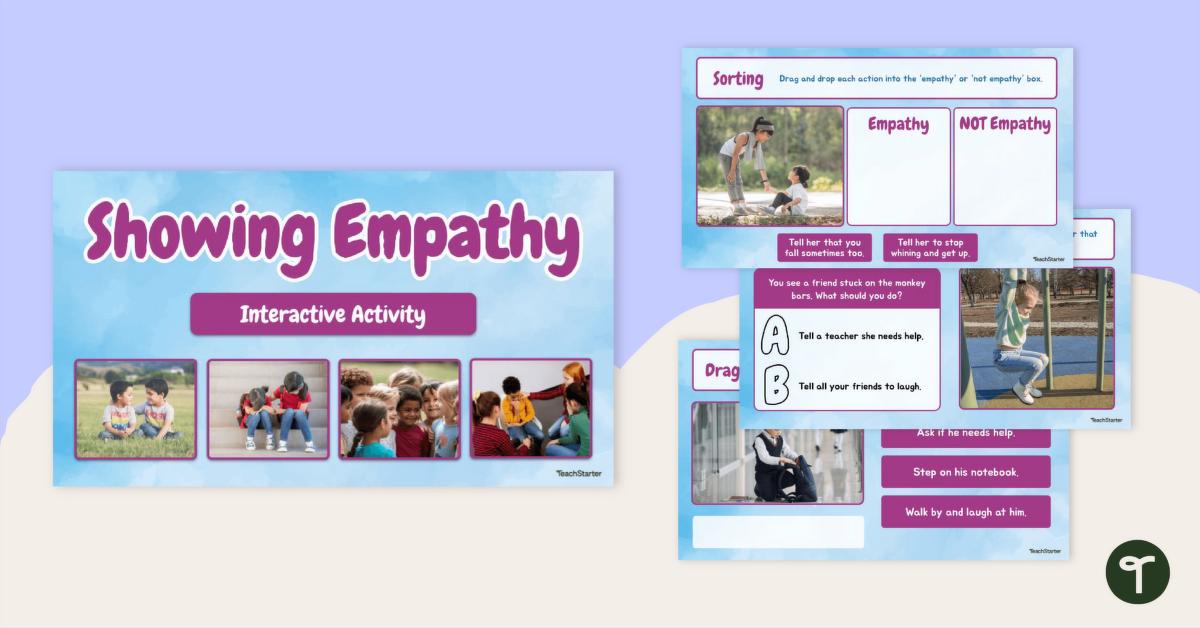Full Stack Development: The Swiss Army Knife of Tech
Full stack development is akin to a digital Swiss Army knife, empowering developers to navigate both the front-end and back-end realms. As web applications become ever more complex, mastering the interplay between user interfaces and server-side logic is paramount. Developers who grasp both sides of the stack can architect seamless experiences that leave end-users delighted.
- Front-end technologies: HTML, CSS, and JavaScript set the stage for interactive user experiences.
- Back-end frameworks like Node.js or Ruby on Rails orchestrate the behind-the-scenes magic.
With a strong foundation in both areas, full stack developers ensure that every click and scroll is an experience worth remembering!
Scrum: The Agile Framework for Chaotic Times
Imagine a workplace where changes are not just welcome but embraced—this is the magic of Scrum. This framework harnesses the principles of Agile methodologies to foster collaboration and adaptability. The Scrum cycle—comprising sprints, daily stand-ups, and reviews—is designed to keep teams focused and motivated.
Key characteristics of Scrum:
- Iterative processes lead to incremental improvements.
- Cross-functional teams ensure that all talents contribute to the project’s success.
By fostering a culture of continuous feedback, Scrum allows teams to pivot and adapt, helping them navigate the unpredictable waters of software development.
Quality Assurance: The Unsung Hero of Software Engineering
Quality assurance (QA) plays the critical role of guaranteeing that software is not just functional but also reliable, user-friendly, and secure. It’s like having a meticulous editor combing through lines of code to ensure that every word hits the mark.
Consider these QA practices:
- Automated testing saves time while ensuring thoroughness.
- User acceptance testing (UAT) validates that the software meets real-world requirements.
Excellent QA reduces the likelihood of post-launch disasters—nobody wants to wake up to a software that crashes at the most inconvenient time!
Cybersecurity: Securing the Digital Fortress
In a world where data breaches make headlines, cybersecurity remains a top priority for businesses. Protecting sensitive information is akin to safeguarding the treasure in a medieval castle. Cybersecurity measures must be multifaceted, employing both technology and people to defend against ever-evolving threats.
Key principles of cybersecurity include:
- Preventative measures such as firewalls and intrusion detection systems.
- Employee training to recognize phishing attacks and other common threats.
Investing in robust cybersecurity is not just a technical requirement; it’s a business imperative that builds trust among users.
Data Mining: The Art of Discovering Hidden Gems
Data mining is the modern-day equivalent of a treasure hunt, where vast oceans of information are sifted to uncover actionable insights. Utilizing statistical techniques and machine learning, organizations can transform data into a strategic asset.
Data mining involves:
- Pattern recognition to predict trends and behaviors.
- Clustering techniques to segment audiences or products meaningfully.
Unleashing the power of data empowers businesses to drive decisions backed by solid evidence, reducing guesswork in favor of strategic foresight.
Hybrid Cloud: The Best of Both Worlds
As organizations strive for flexibility and efficiency, the hybrid cloud emerges as a compelling solution. A blend of public and private clouds, it allows businesses to decide which data and applications to host on the public cloud and what to keep private.
Benefits of hybrid cloud solutions include:
- Scalability to accommodate peaks in demand.
- Cost-effectiveness by utilizing public cloud resources for non-sensitive workloads.
This approach provides a balance between control and cost, offering the agility required in today’s fast-paced digital landscape.
Agile Methodologies: Embracing Change
Agile methodologies are not merely a set of practices; they represent a philosophy that puts individuals and interactions at the forefront. These methodologies encourage teams to build, measure, and learn continuously, adapting to changes quickly and efficiently.
Characteristics include:
- Frequent iterations to refine products based on user feedback.
- Collaborative planning, ensuring that all stakeholders have a voice.
Agility cultivates an environment where innovation thrives and where teams can pivot like seasoned dancers on an ever-changing stage.
Software Engineering: The Core Discipline
Software engineering blends artistry and science, crafting applications that not only work well but also make the user’s experience enjoyable. From requirements gathering to deployment, software engineers must navigate numerous complexities—think of them as composers writing the symphony of technology.
Fundamental princi...






